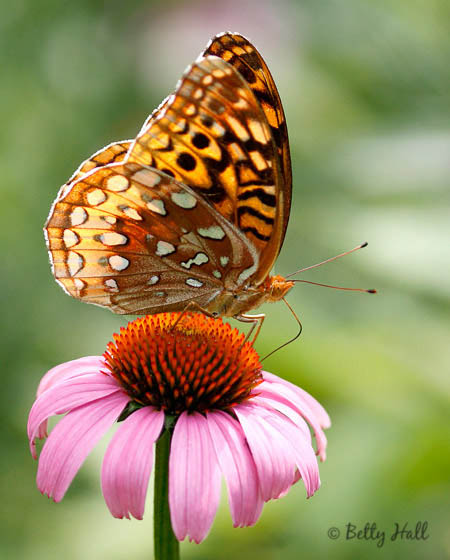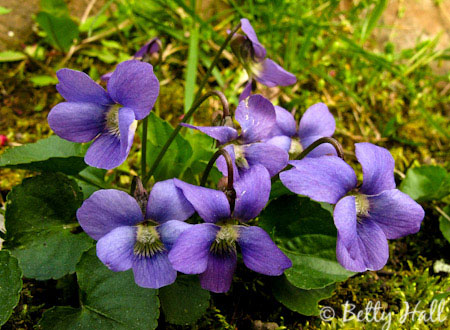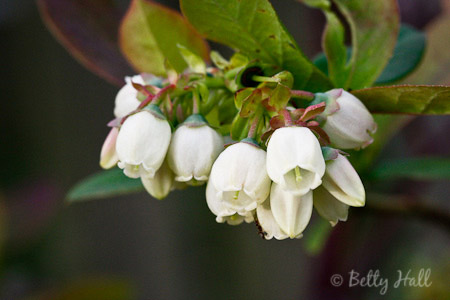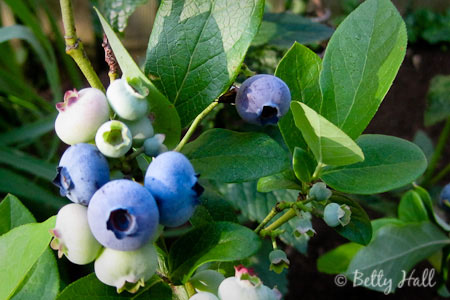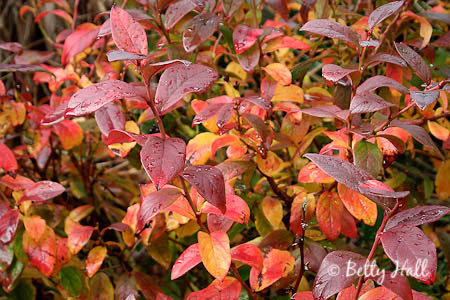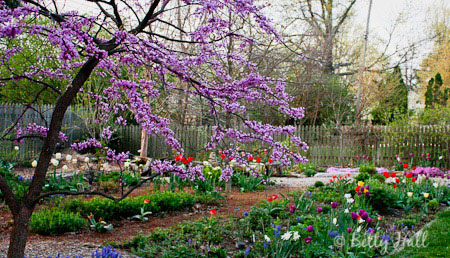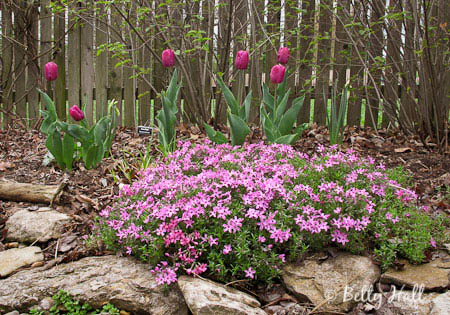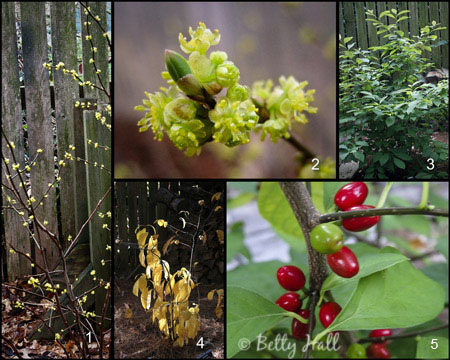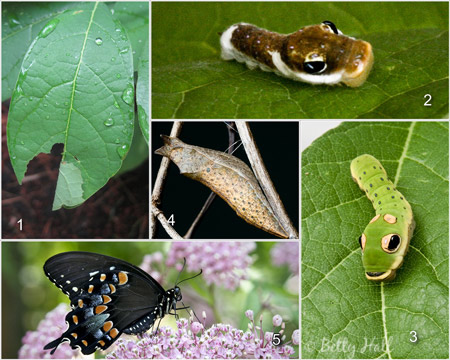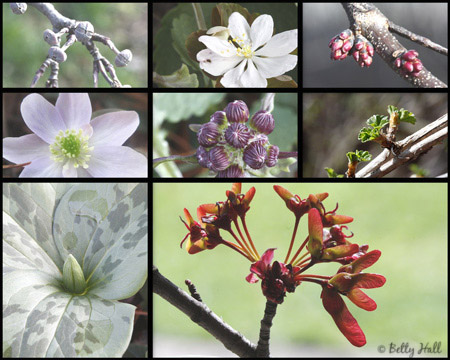Fritillary butterflies are common in Kentucky. I enjoy seeing them in our backyard and want to encourage them. This is an image of a Great Spangled Fritillary (Speyeria cybele) feeding on purple coneflower (Echinacea purpurea) last summer.
Adult fritillaries feed on a wide variety of flowers. However, caterpillars are dependent on violets as a major food source (host plant). In fact, Great Spangled Fritillary caterpillars only eat violet leaves, and without violets we wouldn’t have these butterflies.
Common blue violets (Viola papilionacea) are indeed common, growing in woods, meadows, roadsides, and lawns. Because they are so abundant it’s easy to overlook their scalloped heart-shaped leaves and attractive bright purple blossoms. The flowers are even edible.
One drawback to violets is that they can spread, and my husband won’t be happy if they get in the lawn. I’ve planted a small patch and hope to keep them contained. I’m curious to see if fritillaries find them and I’ll be watching for caterpillars.

